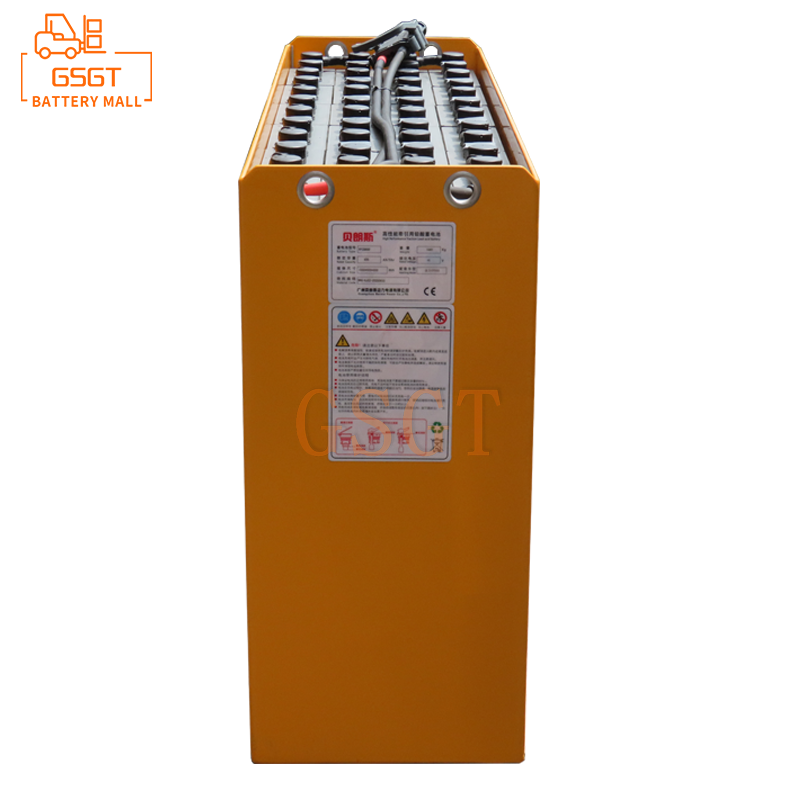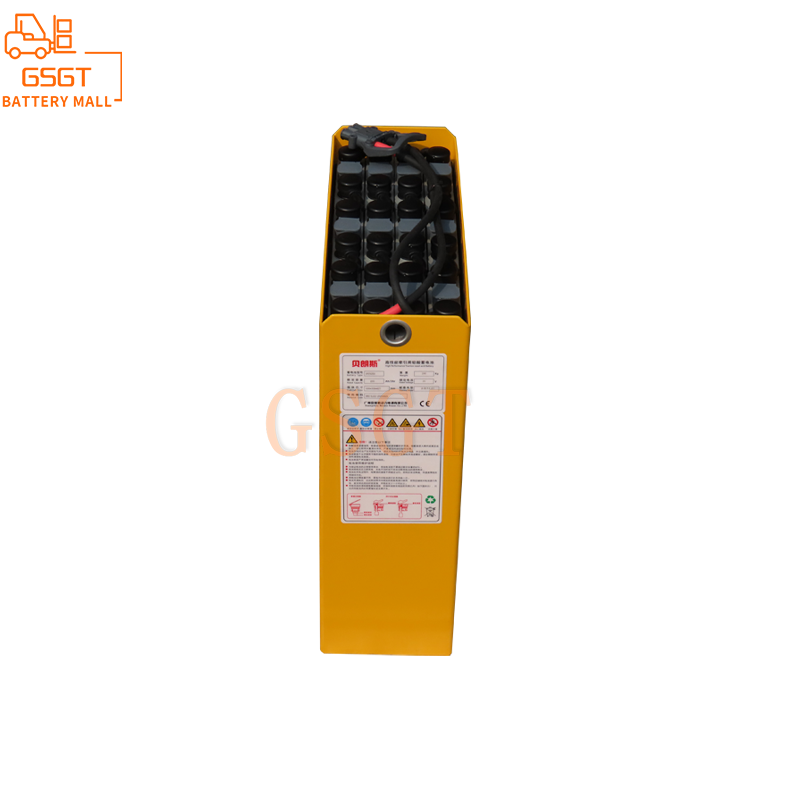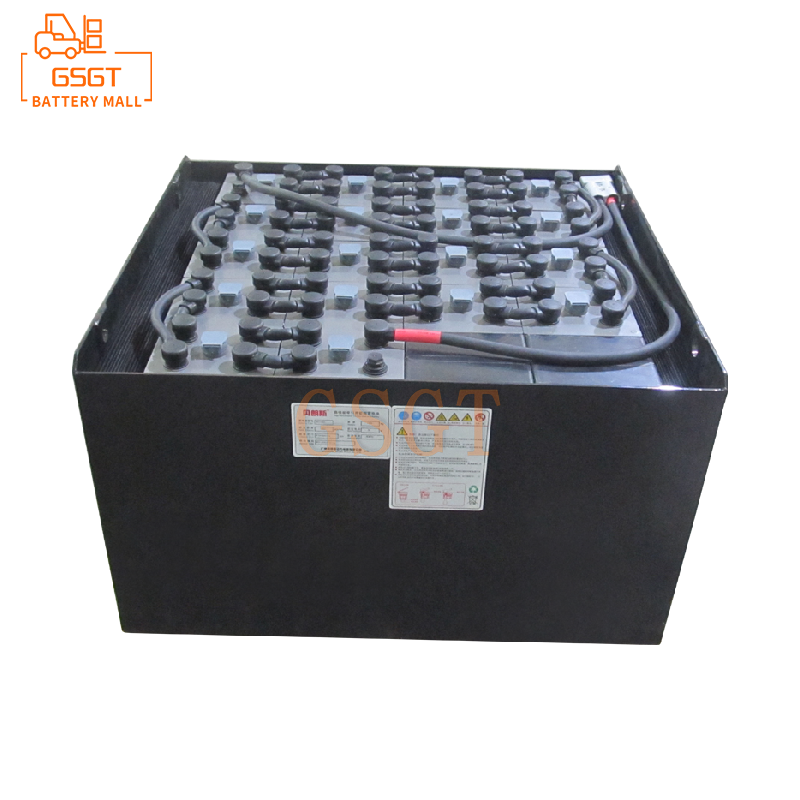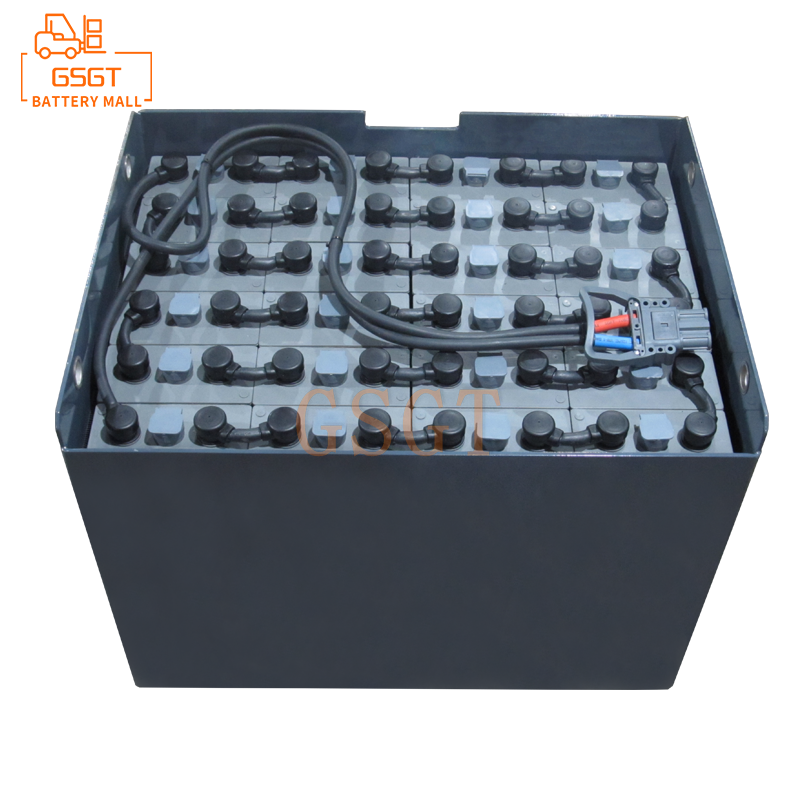Time:2025-07-24 10:08:59
Browse:606
Forklifts, as important equipment in the field of industrial logistics, have lead-acid batteries as their core power source. Once the battery malfunctions, it will not only affect the normal operation of the forklift but also may increase the maintenance cost of the equipment. Mastering the fault diagnosis methods and rapid repair skills of batteries is crucial for ensuring the efficient operation of forklifts.
1. Common Fault Phenomena and Diagnostic Methods
The faults of lead-acid batteries are often manifested through specific phenomena. Through observation and basic testing, the problem can be initially determined
1. The battery life has dropped sharply
The operation time of the forklift is significantly shortened after it is fully charged, which might be caused by the decline in battery capacity. At this point, it is necessary to check whether there are any bulges or leaks on the battery's appearance, and measure the voltage of each cell (the normal voltage of a single cell is about 2.1V). If the voltage of a certain cell is lower than 1.8V, there may be problems such as sulfation of the plates or shedding of active substances.
2. Abnormal charging
When charging, if the battery temperature suddenly rises (exceeding 45℃), it may be due to mismatched charger parameters or an internal short circuit of the battery.
If the charging time is too long but the battery is never fully charged, it is necessary to check whether the electrolyte level is too low or whether the plates have formed a sulfide layer due to long-term undercharging.
3. Weak start-up
When a forklift starts, if the motor rotates slowly and the dashboard light is dim, it is mostly due to a depleted battery or a single cell battery failure. The total voltage of the battery can be measured with a multimeter. When fully charged, the total voltage of a 12V battery pack should be above 12.7V. If it is lower than 11V, it indicates that the battery power is seriously insufficient or there is a fault.
2. Quick Repair Techniques
Targeted repair measures can be taken for different causes of faults:
1. Plate vulcanization repair
Long-term storage or insufficient charging can cause white sulfidation crystals to form on the plates. The "step charging method" can be used for repair: First, charge at 10% of the rated current to a voltage of 14.4V, let it stand for 2 hours, then charge at 5% of the rated current until bubbles appear. Repeat this process 2-3 times, and use pulse current to break the sulfidation crystals. If sulfation is severe, a special desulfurizer can be added (it should be added in proportion to the battery capacity).
2. Insufficient electrolyte treatment
When the electrolyte level is lower than the plates, distilled water should be replenished (tap water or electrolyte is strictly prohibited). After adding, let it stand for 30 minutes until the electrolyte is well mixed before charging to avoid affecting battery performance due to uneven concentration.
3. Repair of single-cell battery failure
If the voltage of a single cell battery is 0, it might be due to a short circuit of the internal plates. First, pour out the electrolyte in the faulty cell, rinse it 3 to 4 times with distilled water, add new electrolyte, and then charge it with a low voltage and small current (below 5A) for 12 hours. If the voltage still does not rise, the single cell battery needs to be replaced.
3. Answers to Key Questions
1. Q: Can a swollen battery be repaired?
Answer: Battery swelling is often caused by overcharging or high temperature, which leads to deformation of the shell. At this point, the plates have been severely damaged. After repair, safety and capacity cannot be guaranteed. It is recommended to replace them directly. If the bulge is slight, first check if the charger is functioning properly. Replace it with a matching charger and observe its use. If the bulge occurs again, it must be scrapped.
2. Q: Batteries are prone to being discharged in winter. How can this be prevented?
Answer: Low temperatures in winter can reduce battery activity. It is recommended to charge the battery promptly after each use to avoid long-term storage in low temperatures. When charging, ensure that the ambient temperature is between 5 and 30 degrees Celsius. If the battery freezes, do not charge it directly. Move it to a room temperature environment to thaw before charging.
4. Daily Maintenance and Preventive Measures
Standardize the charging process: Use the original charger, avoid overcharging (cut off the power in time when fully charged), and do not store the battery in a discharged state for more than 24 hours.
Regular inspection and maintenance: Check the electrolyte level weekly and measure the voltage of each cell monthly. When the voltage difference exceeds 0.1V, balance the charge in time.
Avoid extreme operations: Do not continue to operate the forklift when the battery level is below 20% to prevent excessive discharge and damage to the plates. After the operation, wait for the battery temperature to drop to room temperature before charging.
Most faults of lead-acid batteries can be resolved through early diagnosis and timely handling. The importance of daily maintenance far outweighs the repair after faults. Through scientific diagnostic methods, reasonable repair techniques and standardized usage habits, the service life of the battery can be effectively prolonged and the operating costs of forklifts can be reduced. When the malfunction involves severe damage to the internal plates or a cracked shell, do not force a repair. Instead, replace the battery in a timely manner to ensure operational safety.

$3810

$1270

$4220

$3070

MESSAGE
Professional And Efficient
Security
Affordable Price
Professional Services